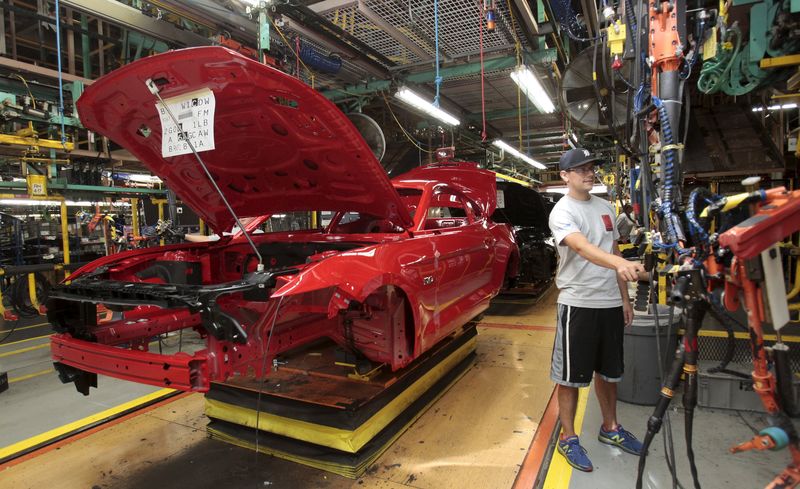WASHINGTON (Reuters) - U.S. nonfarm productivity increased at its strongest pace in 1-1/2 years in the second quarter, keeping wage inflation subdued for now.
The Labor Department on Wednesday revised productivity to show it rising at a 3.3 percent annual rate, the quickest since the fourth quarter of 2013, instead of the 1.3 percent pace reported last month.
Economists polled by Reuters had forecast productivity, which measures hourly output per worker, being revised up to a 2.8 percent annual growth pace. Productivity contracted at a 1.1 percent rate in the first quarter.
The government last week revised second-quarter gross domestic product to show GDP expanding at a 3.7 percent annual pace instead of the 2.3 percent rate it had initially estimated.
But the trend in productivity remains weak. Productivity rose 0.7 percent from a year ago instead of the 0.3 percent increase reported last month.
Growth in productivity is an important determinant of the economy's non-inflationary speed limit.
Though the second-quarter bounce back is dampening wage pressure for now, the weak trend in productivity suggests the economy's growth potential could be lower than the 1.5 percent to 2.0 percent pace that economists have been estimating.
That would imply the spare capacity in the economy is being squeezed out more quickly than thought and that inflation pressures may take hold a little bit faster than had been anticipated.
Unit labor costs, the price of labor per single unit of output, fell at a 1.4 percent rate in the second quarter, rather than increasing at a 0.5 percent rate as previously reported.
Unit labor costs rose 1.7 percent compared to the second quarter of 2014. They increased at a 2.6 percent rate in the first quarter.

Compensation per hour increased at a 1.8 percent rate in the second quarter, unchanged from last month's estimate. It was up 2.5 percent compared to the second quarter of 2014.